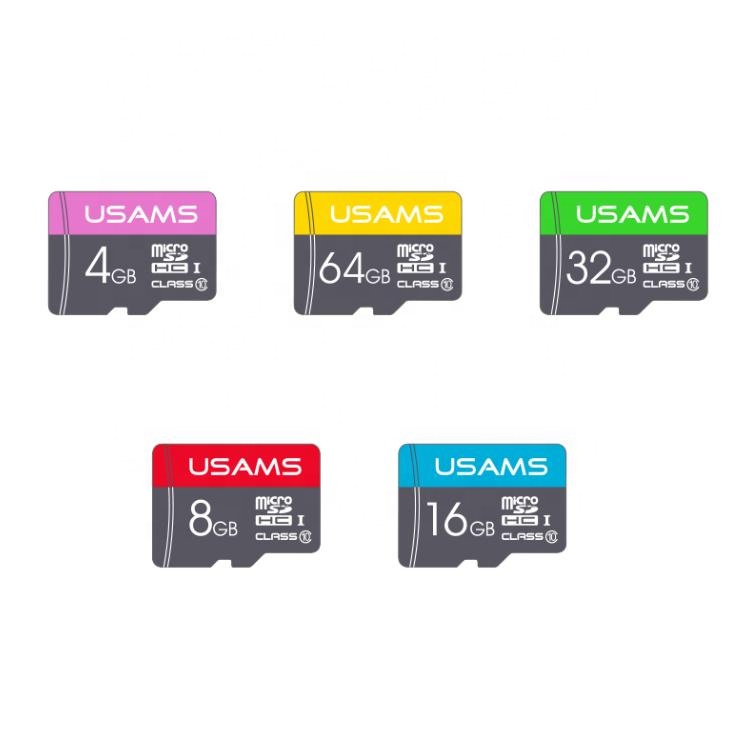The realm of digital storage is dynamic, with new technologies frequently challenging existing norms. In this article, we conduct a comparative analysis between SD memory cards and emerging storage technologies, examining their strengths, limitations, and potential implications for the future.
Introduction: As the demands on digital storage intensify, researchers and manufacturers are exploring alternative solutions to traditional storage media. This analysis seeks to compare SD memory cards, a well-established storage medium, with promising emerging technologies that could redefine how we store and manage data.
SD Memory Cards: SD memory cards have maintained their prominence due to their portability, widespread compatibility, and ease of use. They cater to a diverse range of devices, from cameras and smartphones to laptops and drones. While SD cards have evolved with faster speeds and higher capacities, they face challenges in keeping up with the demands of 8K video, augmented reality, and other data-intensive applications.
Emerging Storage Technologies: Several innovative storage technologies are on the horizon, each with unique attributes.
- 3D NAND Flash: Stacking memory cells in multiple layers increases storage density and performance, addressing some limitations of traditional NAND Flash used in SD cards.
- MRAM (Magnetoresistive Random-Access Memory): With low power consumption and fast data access, MRAM holds potential for applications where quick and reliable data access is crucial.
- Optane Memory: Based on 3D XPoint technology, Optane offers exceptional speeds and endurance, making it suitable for caching and accelerating system performance.
- DNA Storage: In a departure from electronic storage, researchers are exploring DNA as a long-term storage medium due to its incredible data density and potential longevity.
Comparative Analysis: When comparing SD memory cards with emerging technologies, factors such as data transfer speeds, capacity, power consumption, durability, and compatibility come into play. While emerging technologies offer exciting advancements, they might not yet match the ubiquity and ease of use associated with SD cards. Additionally, adoption of emerging technologies can be influenced by manufacturing costs and compatibility hurdles.
Future Implications: The evolution of emerging storage technologies could reshape the landscape of digital storage. SD memory cards may coexist with these new options, each serving specific use cases and user preferences. As technology matures, we might witness hybrid solutions that integrate the best of both worlds to provide optimal performance, capacity, and convenience.
Conclusion: While emerging storage technologies exhibit great promise, SD memory cards continue to stand as reliable and versatile storage solutions. The ultimate choice between the two will depend on individual requirements, applications, and the pace of technological advancement. As the digital world evolves, understanding the attributes of both established and emerging technologies will empower users to make informed decisions about their storage needs.








